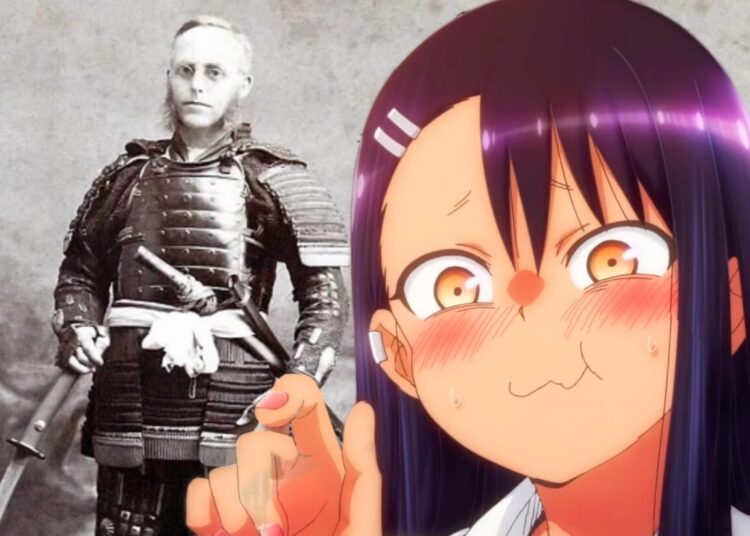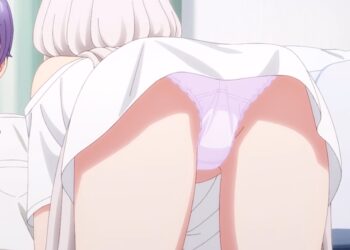As with Europe, Japan has had a long history which has left its mark on cities and towns today. Most of Japan’s cities started out as castle towns, built up around the castle of the local samurai lord during Japan’s feudal period, which ended only 140 years ago. Virtually all the cities around J-List — Gunma prefectural capital Maebashi, commercialized Takasaki with its coveted Bullet Train line, and our own Isesaki — originated as castle towns, and have curvy, narrow, inconvenient roads to prove it. Most of the beautiful castles in Japan are long gone, some lost to floods or general disuse and others destroyed during World War II, and their ruins are usually transformed into parks or other open spaces where people can come and commune with their history or have a picnic. Now only a dozen of the original large castles remain, with the most beautiful generally considered to be Himeji Castle near Kobe, a massive towering white structure that dates back to before the age of Columbus. (Click here for a really big picture of this castle.)
I talked before about euphemisms the Japanese use in their daily lives. Substituting beautified words or phrases for potentially embarrassing ones that we don’t want to utter directly is something we all do, but Japan seems to have raised it to an art form. The subject of death is a primary candidate for the use of these substitute phrases, and some polite ways of referring to death include takai (“went to the other world”) or gorin-juu (“arriving at the final stage of life”). An average of three times a month, some depressed Japanese person decides to end it all by jumping in front of a train on Tokyo’s busy Chuo Line, and whenever there’s an announcement of a delay due to “an accident involving physical injury” everyone knows what is really meant. From time to time, a man may purchase various services from a woman, and that practice is prettied up as enjo kosai” (“paid dates) or fashionable words like “delivery health” or “pink salon.” Virtually all Japanese females seem to suffer from chronic constipation, which is caused from eating rice three times a day, and there are many alternative ways to refer to this state, including otsuji ga warui (traffic isn’t passing through properly). Female menstruation is another big area for finding other words to describe a thing, with the most common way to refer to this is seiri, literally meaning “biology,” although there are many other alternate names, like Anne’s Day (a bizarre reference to Anne Frank) or “Japanese Flag Day.” Finally, perhaps the most famous euphemism used in Japanese is the English letter “H,” usually pronounced “ecchi,” which stands for anything to do with sex (i.e. a person who thinks about sex to much is “ecchi,” to have sex is “ecchi suru” and so on).
Japanese students study a total of six years of English, even more if they go on to college, and even though most people don’t attain real conversational fluency, English does seep into the culture here in many interesting ways. The Japanese use thousands of foreign-loan words in their daily lives, mostly from English, but sometimes the meanings get changed a little. In Japanese usage, “milk” (miruku) always refers to powdered creamer for your coffee, and some words for makeup are shifted in meaning, too: “rouge” means lipstick and “manicure” means nail polish, although a “hair manicure” means getting your hair dyed a different color. Sometimes the Japanese will use words from languages other than English for style or phonetic reasons. For example, to avoid problems with similar words such as “crown” and “clown,” they turn to French for the latter term: pierrot. Of course, language is all about communication, and there’s no such thing as “wrong” language if it does it job, but it can be a challenge to keep from judging the Japanese for using “mistaken” English like referring to the thing you look through in a camera as the “finder.” It’s an even bigger challenge keeping from embarrassing myself by using these colorful English phrases with my family and friends when I go back to the States.















